Taiwan Semiconductor Manufacturing Co (TSMC, 台積電) and Sony Semiconductor Solutions Corp yesterday announced plans to set up a joint venture — Japan Advanced Semiconductor Manufacturing Inc (JASM) — to build a semiconductor fab in Japan’s Kumamoto Prefecture that would initially produce 22-nanometer and 28-nanometer chips.
TSMC’s board of directors yesterday approved a proposal for the company to invest up to US$2.12 billion that would give it a majority shareholding in the planned venture.
Sony Semiconductor, a wholly owned subsidiary of Sony Group Corp, is to invest US$500 million in JASM, giving it a less than 20 percent stake, it said in a joint statement with TSMC.
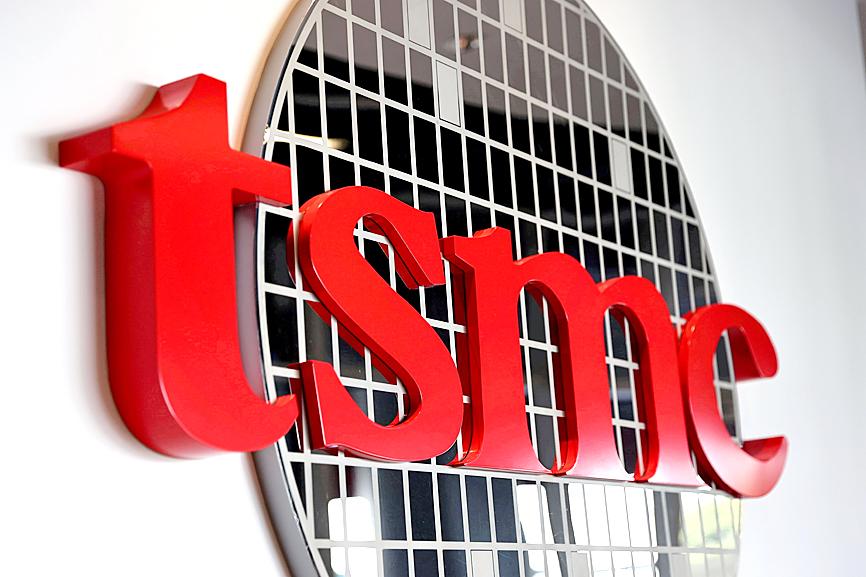
Photo: Ann Wang, Reuters
“The digital transformation of more and more aspects of human lives is creating incredible opportunities for our customers, and they rely on our specialty processes that bridge digital life and real life,” TSMC chief executive officer C.C. Wei (魏哲家) said in the joint statement.
“We are pleased to have the support of a leading player and our long-time customer, Sony, to supply the market with an all-new fab in Japan, and also are excited at the opportunity to bring more Japanese talent into TSMC’s global family,” Wei said.
Construction of JASM’s fab in Japan is scheduled to begin next year, with production expected to commence at the end of 2024, the statement said.
The fab is expected to create about 1,500 jobs and to have a monthly production capacity of 45,000 12-inch wafers, it said.
The initial capital expenditure is estimated to be about US$7 billion, with strong support from the Japanese government, it said.
“While the global semiconductor shortage is expected to be prolonged, we expect the partnership with TSMC to contribute to securing a stable supply of logic wafers, not only for us, but also for the overall industry,” Sony Semiconductor president and CEO Terushi Shimizu said.
“We believe that further strengthening and deepening our partnership with TSMC, which has the world’s leading semiconductor production technology, is extremely meaningful for the Sony Group,” Shimizu added.
Separately, TSMC’s board also approved a capital budget of US$9.04 billion to install and upgrade advanced technology capacity, and to build mature and specialty technology capacity, advanced packaging capacity, as well as new fab facilities, the company said in a separate statement.
According to TSMC, part of the budget will be used to build a production facility for 7-nanometer and 28-nanometer processes in Kaohsiung next year, with mass production expected to begin in 2024.
The statement said the budget also covers capitalized lease assets, as well as investment in research and development, and other capital expenditures for the first quarter of next year.
TSMC shares rose 1.5 percent to close at NT$611 in Taipei trading yesterday, as the stock received a boost from reports that US-based client Advanced Micro Devices Inc has won an order from Meta Platforms Inc (formerly known as Facebook Inc) to supply the Epyc processor for data centers.
“TSMC’s lead over its peers in high-end technologies has put it among the ‘metaverse concept’ stocks,” Mega International Investment Services Corp (兆豐國際投顧) analyst Alex Huang (黃國偉) said.
Additional reporting by CNA
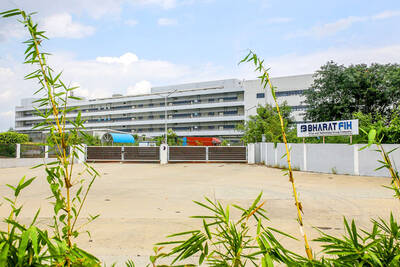
SETBACK: Apple’s India iPhone push has been disrupted after Foxconn recalled hundreds of Chinese engineers, amid Beijing’s attempts to curb tech transfers Apple Inc assembly partner Hon Hai Precision Industry Co (鴻海精密), also known internationally as Foxconn Technology Group (富士康科技集團), has recalled about 300 Chinese engineers from a factory in India, the latest setback for the iPhone maker’s push to rapidly expand in the country. The extraction of Chinese workers from the factory of Yuzhan Technology (India) Private Ltd, a Hon Hai component unit, in southern Tamil Nadu state, is the second such move in a few months. The company has started flying in Taiwanese engineers to replace staff leaving, people familiar with the matter said, asking not to be named, as the
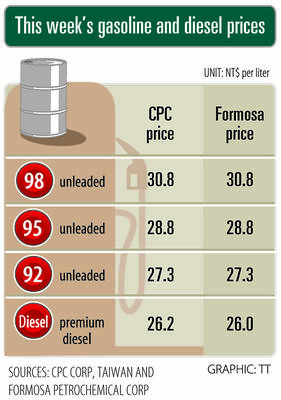
The prices of gasoline and diesel at domestic fuel stations are to rise NT$0.1 and NT$0.4 per liter this week respectively, after international crude oil prices rose last week, CPC Corp, Taiwan (台灣中油) and Formosa Petrochemical Corp (台塑石化) announced yesterday. Effective today, gasoline prices at CPC and Formosa stations are to rise to NT$27.3, NT$28.8 and NT$30.8 per liter for 92, 95 and 98-octane unleaded gasoline respectively, the companies said in separate statements. The price of premium diesel is to rise to NT$26.2 per liter at CPC stations and NT$26 at Formosa pumps, they said. The announcements came after international crude oil prices
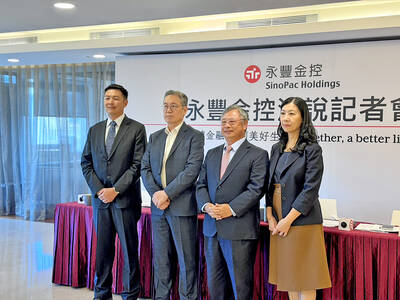
SinoPac Financial Holdings Co (永豐金控) is weighing whether to add a life insurance business to its portfolio, but would tread cautiously after completing three acquisitions in quick succession, president Stanley Chu (朱士廷) said yesterday. “We are carefully considering whether life insurance should play a role in SinoPac’s business map,” Chu told reporters ahead of an earnings conference. “Our priority is to ensure the success of the deals we have already made, even though we are tracking some possible targets.” Local media have reported that Mercuries Life Insurance Co (三商美邦人壽), which is seeking buyers amid financial strains, has invited three financial
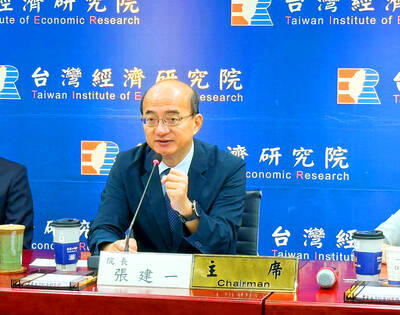
CAUTION: Right now, artificial intelligence runs on faith, not productivity and eventually, the risk of a bubble will emerge,’ TIER economist Gordon Sun said Taiwanese manufacturers turned more optimistic last month, ending a five-month streak of declining sentiment as concerns over US tariffs, currency volatility and China’s overcapacity began to ease, the Taiwan Institute of Economic Research (TIER) said yesterday. The manufacturing business confidence index rose 1.17 points from June to 86.8, its first rebound since February. TIER economist Gordon Sun (孫明德) attributed the uptick to fading trade uncertainties, a steadier New Taiwan dollar and reduced competitive pressure from Chinese producers. Taiwan’s semiconductor industry is unlikely to face significant damage from Washington’s ongoing probe into semiconductors, given the US’ reliance on Taiwanese chips to power artificial